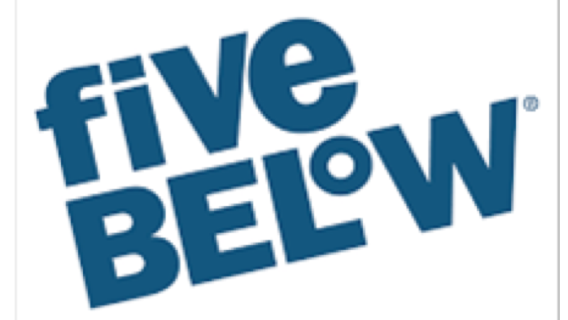Last week, I reviewed the auto industry and forecast a peak for the industry. However, a few stocks stand out, and I reviewed my favorite. Click here to read my May 9 Wall Street’s Best Daily. This week, I evaluate the retail sector—and identify the best retail stock to buy for an industry at a clear crossroads.
U.S. Retail Sales Slump
Companies in the retail sector continue to struggle. Shoppers are making more and more of their purchases online and patronizing malls less often. Consumers are increasingly spending money on experiences such as dining out and travel, rather than buying discretionary goods. Every week, another retailer announces a new batch of store closings. Nine retail companies have filed for bankruptcy thus far in 2017, the same number as all of 2016.
[text_ad]
The multitude of retail store closings is bad for small mall tenants as well. When anchor stores move out, the resulting decrease in mall traffic can have a very negative effect on the remaining tenants. According to real-estate research firm Cushman and Wakefield, the number of mall visits fell 50% between 2010 and 2013 and has fallen each year since.
Amazon (AMZN), America’s largest e-commerce company, has caused a revolutionary change in retailing. According to Consumer Intelligence Research Partners, 46% of U.S. households have an Amazon Prime membership. The switch to online retailing has been dramatic. According to Barron’s Magazine, department store sales fell from $14.1 billion in January 1992 to $12.6 billion in March 2017. During the same period, online shopping surged from $2.7 billion to $44.4 billion.
Is Now the Time to Buy Retail Stocks?
The stock prices of leading department stores have plummeted. J.C. Penney (JCP), Macy’s (M), Sears (SHLD) and many other retail stocks have declined to levels not seen in decades. Should you buy any of these stocks at the current low prices? No, definitely not. Sales and earnings are dropping, with no end in sight. Store closures will continue during the foreseeable future. For more details on the plight of the retail store, read Chris Preston’s recent column, These Six Retail Stocks Are Essentially Dead.
My best advice is to go low or go high. Either buy stocks of companies that sell luxury goods, like Tiffany (TIF), or offer merchandise at bargain prices, such as Big Lots (BIG) or Five Below (FIVE). Buyers of expensive items like to be pampered while they shop, so luxury retailers continue to prosper; and remarkably, Amazon can’t compete against retailers offering super-bargains or items selling for less than $5, so bargain stores fare well, too.
The Best Retail Stock to Buy Right Now
As I mentioned above, many stocks in the retail industry are suffering. Sellers of luxury goods are on the top end of the spectrum. Dollar stores and retailers selling merchandise at bargain-basement prices are at the bottom end. Both ends will prosper during the next several years. In my mind, the best retail stock to take advantage of that trend is Five Below.
Five Below (FIVE) is a specialty value retailer offering merchandise marketed to teen and pre-teen customers in the U.S. The company offers products priced at $5 or below, including select brands and licensed merchandise across a broad range of categories, which it refers to as worlds: Style, Room, Sports, Media, Crafts, Party, Candy and Seasonal.
The company’s merchandise includes sporting goods, games, fashion accessories and jewelry, hobbies and collectibles, bath and body, candy and snacks, room décor and storage, stationery and school supplies, video game accessories, books, DVDs, iPhone accessories, and novelty and seasonal items. Five Below is headquartered in Philadelphia, Pennsylvania. As of May 5, 2017, the company operated 555 locations in 31 states. The stores average 8,000 square feet and are typically located in shopping centers.
Five Below is expanding rapidly by opening lots of new stores. The company’s 2017 plans include 100 new stores that will extend into new markets, including California. In addition, TV advertising will be increased, and e-commerce on the company’s website will be enhanced.
For the 12 months ended January 31, 2017, sales surged 20% and EPS jumped 24%. Similar growth is forecast for the next 12 months. Five Below’s outstanding performance stands out in the retail sector. The company is not Amazon-proof, but young shoppers are attracted to the trendy bargain-priced merchandise for $5.00 or less at their favorite mall.
Five Below is not a bargain stock, but future growth prospects warrant a premium. With a P/E of 39.4 times latest 12-month EPS, FIVE sells at a 10% lower multiple than Ulta Beauty (ULTA), which sports a P/E of 43.5. Both retailers are expected to grow earnings at a robust 20% pace during the next five years, and neither pays a dividend. Five Below is expected to report first-quarter results on June 5. I recommend purchase of FIVE at the current price.
Until next time, be kind and friendly to everyone you meet.
[author_ad]

